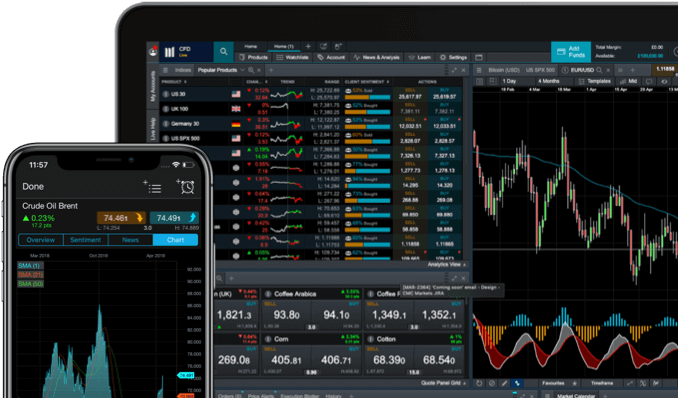A basic Zoom account is free and allows video meetings for a limited number of participants for a limited time. Following this, Zoom offers three additional packages ranging from £11.99 - £15.99* per month per host. As packages get more expensive, they reduce limits on participant numbers and meeting lengths. They also come with additional features such as cloud recording storage, dedicated support and customisation options. However, as packages get more expensive, they also require a minimum number of ‘hosts’ per package.
‘Zoom rooms’ is Zoom’s video conferencing package. Here, Zoom makes a clear distinction between meeting packages and conferencing packages. A room in currently £39.00 per month per room, and works as an ideal solution for larger companies who regularly host conferences.
For example, a multinational enterprise (MNE) that wishes to sign up to zoom may choose their enterprise package, starting at £15.99 per month for a minimum of 100 hosts - resulting in a total minimum cost of £1,599 per month.

















